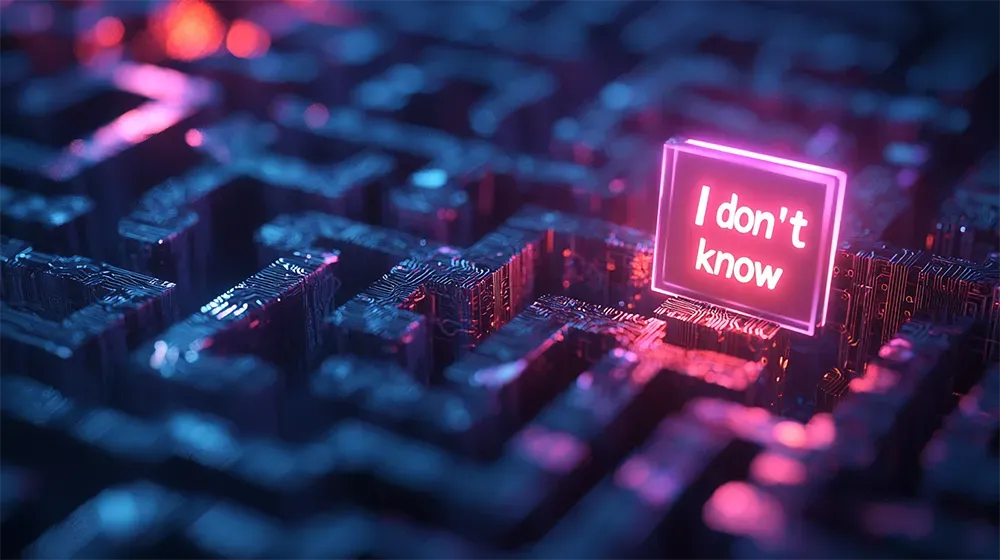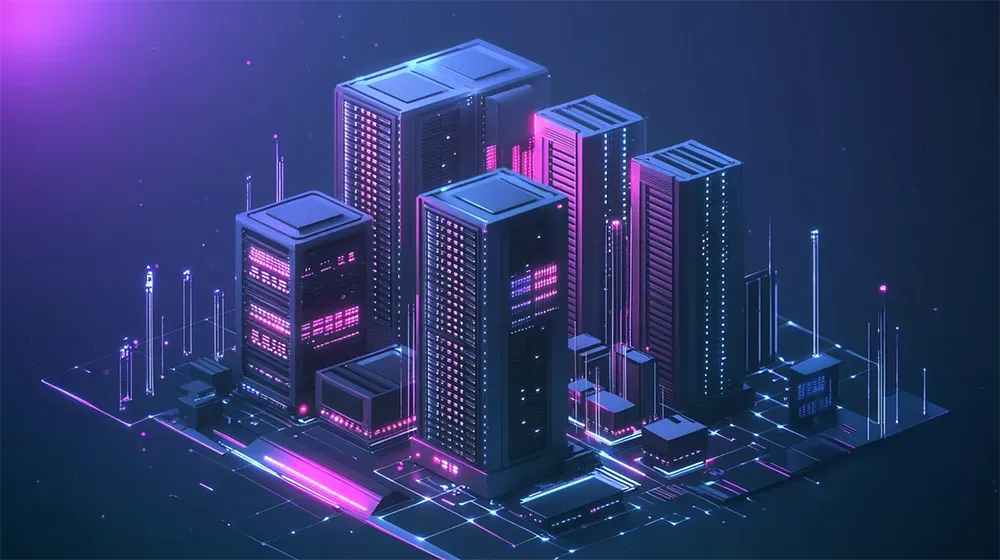Generative AI: The Silent E-Waste Crisis Lurking in Data Centers

While the tech world races to perfect generative AI, we're ignoring a looming catastrophe—AI’s exponential growth is driving a global e-waste crisis that will worsen climate change.
Generative AI has quickly become a cornerstone of technological innovation, transforming industries and redefining how we interact with machines. But beneath the surface of these groundbreaking developments lies an uncomfortable truth: the AI boom is generating a significant and rapidly growing amount of e-waste.
A study by researchers from the Chinese Academy of Sciences and Reichman University projects that AI-related e-waste could soar to between 1.2 to 5 million metric tons annually by 2030. The culprits? Data centers brimming with high-performance servers needed to run resource-intensive AI models like ChatGPT, which are contributing to an unseen environmental toll.
These AI systems demand immense computational power, with specialized GPUs driving the applications that fuel everyday tools and services. Data centers are already notorious for their energy consumption, and as more AI models emerge, the power required to sustain them grows.
What many don’t realize is that these servers, which are often discarded after only a few years of use, contain hazardous materials such as lead, mercury, and cadmium—substances that are detrimental to both ecosystems and human health when improperly disposed of. The result is not just mountains of electronic waste but a corresponding surge in toxic pollution.
In the context of climate change, this e-waste crisis is particularly troubling. Generative AI data centers are energy hogs, requiring around-the-clock cooling and backup systems, all of which consume vast amounts of electricity. The carbon footprint of these centers is immense, and if the power they consume is generated by fossil fuels, the emissions further contribute to global warming. A study by SemiAnalysis estimates that AI-driven data centers could use 4.5% of global energy production by 2030—an alarming figure that underscores the need for immediate action.
But there’s a way out. To combat this looming crisis, organizations must rethink how they approach AI development. One clear path forward is the creation of smaller, more energy-efficient models that still deliver high performance without the massive computational and energy drain. By optimizing AI models to require less compute, businesses can significantly cut down on the number of servers needed, reducing both energy use and the subsequent e-waste produced.
In addition, adopting circular economy strategies—where hardware is reused, recycled, or remanufactured—could slash e-waste generation by up to 86%. This involves prolonging the life of existing hardware, repurposing components, and ensuring that valuable materials are recovered during recycling. With many AI companies driving rapid innovation, integrating sustainability into the core of their hardware lifecycle management is critical.
- If left unchecked, AI could generate up to 5 million metric tons of e-waste by 2030, compounding the climate crisis.
- The energy demand of AI data centers is expected to consume 4.5% of global electricity by the decade’s end.
- Organizations must invest in smaller, energy-efficient AI models and adopt circular economy practices to mitigate environmental damage.
As AI continues to shape our future, we must ask ourselves a hard question: Is this progress sustainable? In the face of climate change, the tech industry has a responsibility to balance innovation with environmental stewardship, ensuring that our pursuit of AI doesn’t come at the cost of our planet.
The environmental consequences of AI are becoming impossible to ignore. If we want to secure a sustainable future, now is the time to act. Will we innovate responsibly or let the allure of progress blind us to the long-term damage?
Read the full paper on Nature or the pre-print on Researchgate.
----
💡 We're entering a world where intelligence is synthetic, reality is augmented, and the rules are being rewritten in front of our eyes.
Staying up-to-date in a fast-changing world is vital. That is why I have launched Futurwise; a personalized AI platform that transforms information chaos into strategic clarity. With one click, users can bookmark and summarize any article, report, or video in seconds, tailored to their tone, interests, and language. Visit Futurwise.com to get started for free!






